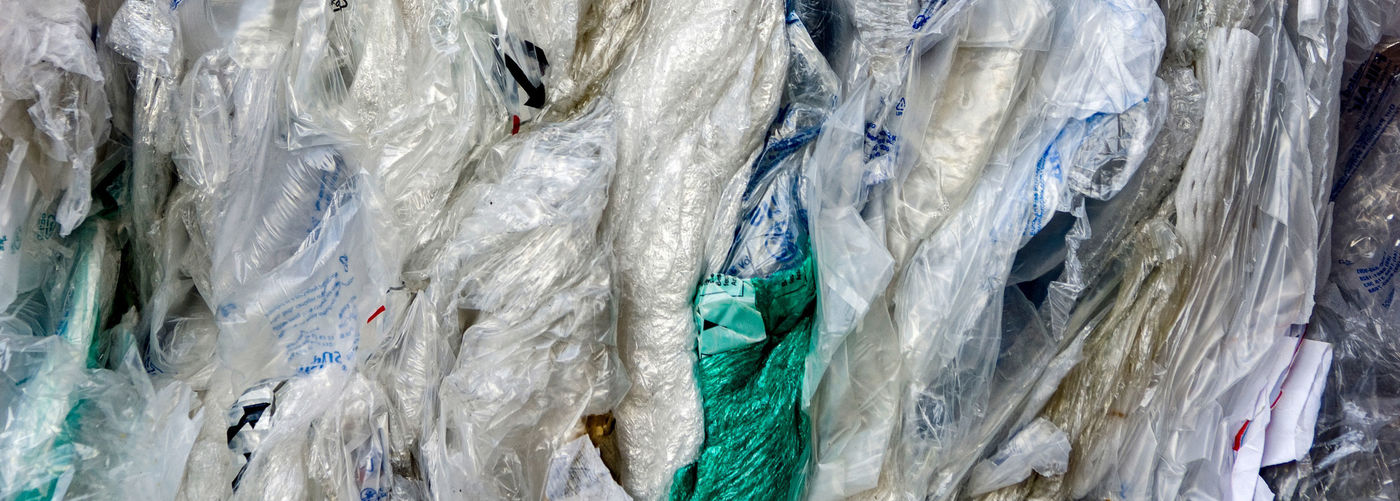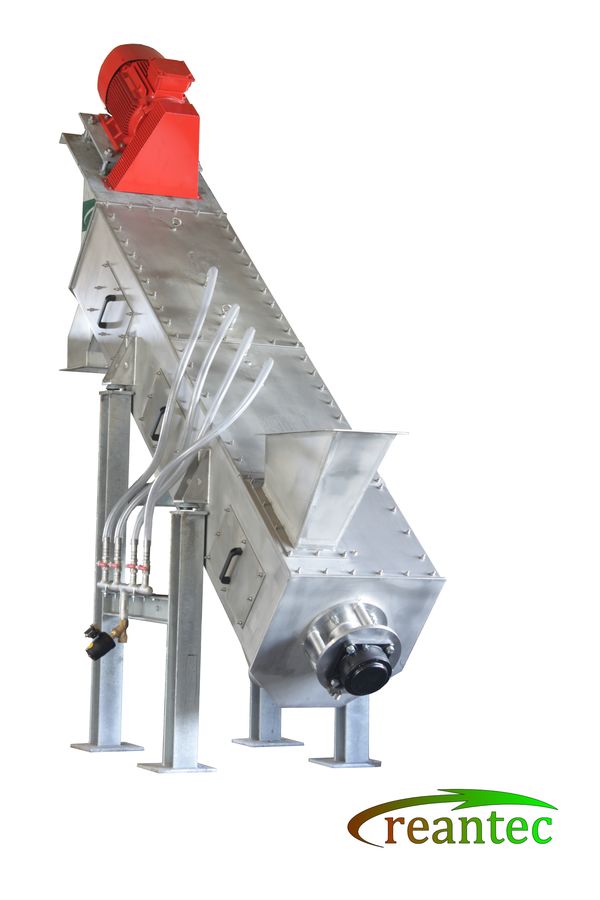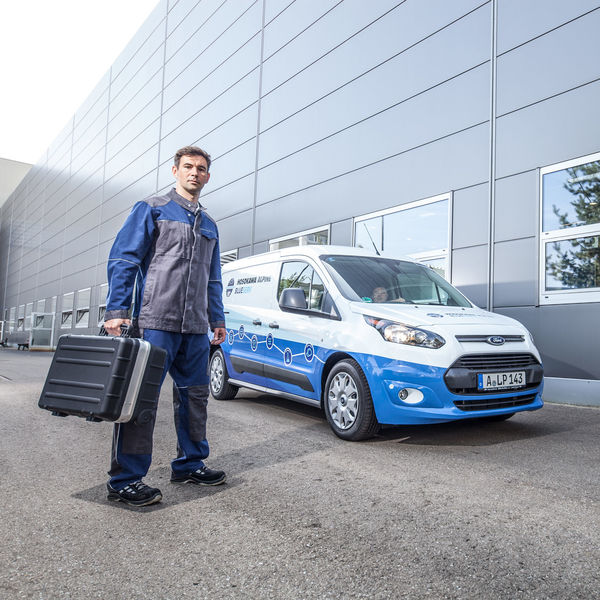Shampooflaschen und Kosmetikverpackungen, Wurst- und Käseverpackungen, Plastiktüten, Frischhaltefolien – sie alle landen in der gelben Tonne, im gelben Sack oder werden direkt auf Wertstoffhöfen abgegeben. Das Ziel dabei: möglichst viele dieser Verpackungsabfälle wieder zu recyceln und so dem Kreislauf wieder zuzuführen. Stammen diese Abfälle aus Privathaushalten, spricht man von Post Consumer Recycling (PCR). Das Recycling von Abfällen aus Produktionsrückständen bei der Herstellung von Kunststoffverpackungen oder -produkten bezeichnet man dagegen als Post Industrial Recycling (PIR). Ein neuer Prozess von Hosokawa Alpine sorgt nun dafür, dass die Kunststoffe aus diesen Verpackungsabfällen als Post-Consumer-Rezyklat wieder nutzbar werden. Durch die Schritte Zerkleinern, Waschen, Trennen und Trocknen entstehen gewaschene und getrocknete Flakes, die für die Herstellung von neuen Kunststoffprodukten eingesetzt werden können.

Vom Endverbraucher
zur WiederverwertungPost Consumer Recycling (PCR)
Verpackungsabfall wieder nutzbar machenThe preparatory work: collecting and sorting
From the recycling bin to the recycling plantThe waste from the recycling bin is collected and sorted in waste recycling plants. The packaging is already pre-sorted here according to the different types of polymer (LDPE, HDPE, PP, PE, PET ...) and then delivered in bales for recycling. A problem with these source materials is that they still contain a certain amount of foreign materials (e.g. metals, glass, stone) and impurities (product or food residues, printing inks, oils, labels, dirt, etc.). This is a major challenge for the washing systems.
Efficient pre-crushing of post-consumer waste
With the Rotoplex granulatorThe plastic waste is shredded in a wet or dry grinding process using our Rotoplex granulator. It offers numerous advantages for post-consumer recycling:
- shredding with a clean cross scissor cut, therefore little product loss. You receive flakes without fraying
- minimisation of fines and dust
- very small cutting gap, gap dimension: This enables very precise cutting with less tearing, a clean edge and less product loss overall
- hollow rotor for more cutting space and cooling
- wear-protected designs possible thanks to coating or hardened steel, replaceable sealing plates: This leads to longer service life and requires less maintenance
- robust design
- easy cleaning and maintenance thanks to removable cover
- optionally available with standard chute or tangential chute
Washing: Removing dirt and other contaminations
Friction cleaner for safe and clean further processingWe work together with our partner reantec for washing, separating and drying. Plastics must be thoroughly cleaned before they can be reused. This is the only way to remove contamination such as labels, residues of ingredients or sand without leaving any residue so that the plastics can be processed safely and cleanly. A friction cleaner is used for this process step of contaminant separation.
Advantages of friction cleaners:
- high washing and drying performance
- consistent product quality due to continuous self-cleaning in the friction washers
- high-quality end product due to less adhesion of abrasive materials and reduced wear in subsequent processes
- low maintenance requirements
Size reduction by wet grinding
With a new variant of the Rotoplex granulatorThe next step involves shredding the packaging waste with a wet granulator. A specially developed version of the Rotoplex granulator for wet grinding will be available soon, making the shredding process even more efficient. At the same time, the material will undergo additional cleaning.
Separating and drying
On the way to post-consumer recyclingAfter the pre-washed material has been freed from further foreign material in the sink-float tank or in the hydrocyclone by means of density separation, the flakes can be washed again in a friction washer before being sent for final drying. The plastics are now clean and optimally prepared for further processing.





